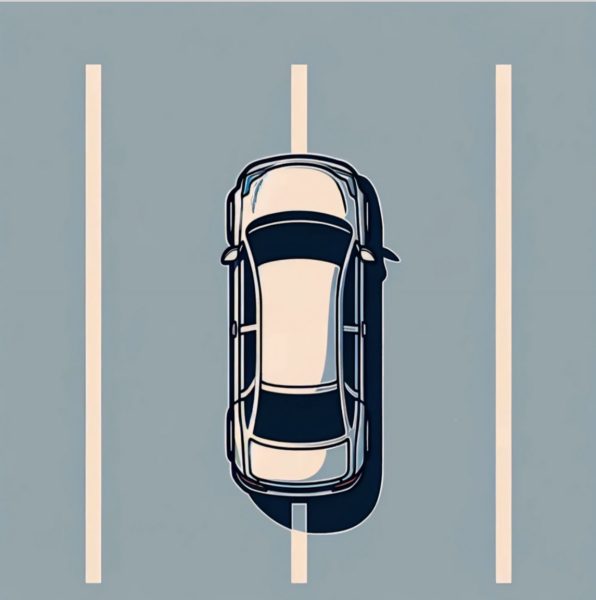Bennett: How Social Media Changed Activism
February 3, 2017
Everyone has their favorite source of news information on social media, whether it is Shaun King, Linda Sarsour, The Root or even Fox News. The people who post always seem to know the right things we want to hear in good and bad times.
Since the spark of social media activism with the Trayvon Martin case and the rise of Black Lives Matter, a large movement has taken place to use this medium as a way to spread the word and prompt social justice. Social media has been a great tool to get live news and to plan future events, and it has sparked a whole new generation of activism and people who have identified that they want to make a change.
One of the only difficulties with using this outlet is that there has been a slow progression to moving the actions steps from social media to the physical world.
Social media has created a world where everyone is connected and is able to view injustice at hyperspeed. As the killing of unarmed black men was being broadcast live on Facebook, talk was going around claims were made that this sort of injustice was not new but that the platform to share it was. The emotions that follow are always real and tangible. The following days after injustice has happened, there is always talk at work or at school about the harsh reality that we live in, but seldom any constructive talk about solutions to these issues. This is where social media has fallen short of creating real change. The platform for disseminating information is there, but the path to a better future is not always so clear and concrete. A big portion of the confusion lies in so many voices being able to be heard all at once. Without a consensus on which path to take, there are usually people going in every direction imaginable, thwarting the progression of marginalized populations.
In the past few years, the Black Lives Matter network has taken to the streets to protest injustices across the country. Most of these protests have been peaceful and have sparked tons of media attention, which often times inaccurately portrays these protests as violent or criminal. In most instances when protests do become violent there are no opportunities to breakdown why property is damaged and looting occurs. Social media has played a role in exposing the underlying issues such as economic depravity in these communities. Retweeting statistics about the lack of economic mobility and ownership of Black people in their own neighborhood has helped to spread knowledge as to why businesses and stores are damaged in these communities. A way that this has taken a step in a positive direction is with the “Kwanzaa Crawl” in Brooklyn in 2016 and the Chicago Black Business Crawl which are events to promote people to come out and support Black-owned businesses. In this case, Black businesses are being supported to grow and develop in predominately Black communities with the interest of people who live in these communities.
Recently, the Women’s March and the protests surrounding the 2016 Presidential Election have again enhanced activism from the social media platform to the real world. Using these examples of how to galvanize people for a common purpose will be useful in future events.
There are more steps that need to be taken in order to move into more constructive activism and social justice, and one of the steps is to create real change by educating the population about the power of their vote, and the message they can send by holding their leaders accountable.
A long lasting approach to combatting injustice lies in making our locally elected officials aware that we will not accept anything less than equal rights. As Fred Hampton once said, “The people are going to have to make a decision. The people are going to have to take a stand.”
The young people in particular cannot enact real change by just sitting behind a computer screen and sharing a trending topic. These problems that we face must be dealt with in the openness of the world and by communicating with each other and coming to an understanding that injustice affects everyone.
Social media is a perfect medium to communicate and visualize other areas of the world that we may not have the chance to experience ourselves. But as a generation, we cannot standby and gain false reassurance from just being social media activists.
The fight for justice is going to have to make its way to the street and incorporate all walks of life from the poor and uneducated to the rich and scholarly. Throughout elementary school we were promised a brighter future by our history teachers, and we were shown a better path by leaders such as Martin Luther King Jr., but now is our time to secure that future and create it for our generation.

















